There can be your advertisement
300x150
5 Interior Trends That Are Getting Old
Don't be afraid to abandon popular solutions if they don't suit you
There are interior trends that once seemed fresh and stylish, but now can be found in almost every apartment. You visit someone's place — and see the familiar picture: gray walls, Scandinavian minimalism, neon signs. It creates an impression that everyone buys furniture from the same store and hires one designer. It's time to admit: some trends have run their course and require replacement.
Trend #1: All-consuming gray color
Gray walls, gray sofa, gray cushions, gray textiles. For the last five years, this color has taken over Russian apartments at an incredible speed.
- Initially, gray really did seem like a universal solution. It's not flashy, combines with any accents and looks modern. But over time, gray interiors started to look the same and boring.
- The main problem is that the gray color 'devours' natural light. In apartments where there's already little sunlight, gray walls make the space gloomy and depressive.
- Plus, gray quickly reveals cheap finishes. Cheap gray paint or wallpapers look dull, and quality gray materials are expensive.
What to replace it with: warm neutral tones — beige, cream, milk. Or bold choices — terracotta, olive, dusty pink.
Trend #2: Scandinavian minimalism in every apartment
White walls, light wood, minimal furniture, maximum empty space. Scandinavian style became synonymous with good taste in interior design.
- The issue is that this style was created for specific climatic conditions. In Scandinavia, there's little sunlight, so white color compensates for the lack of light. In Russia, it becomes a caricature.
- Scandinavian minimalism requires expensive quality materials and furniture. Cheap imitation looks empty and cold, not stylish and minimalist.
- Another downside — impracticality. White surfaces require constant upkeep. In families with children, such interiors become a headache.
What to replace it with: warm minimalism with natural materials, Japanese wabi-sabi style, or modern classicism with soft lines.
Trend #3: Brick wall in every room
A few years ago, brick masonry was a symbol of stylish loft. Now it can be found even in Khrushchyovkas — as wallpapers, plastic panels, or decorative stone.
- A real brick wall is only appropriate in historical buildings or repurposed industrial spaces. In regular apartments, it looks unnatural.
- Brick imitation almost always looks cheap. Especially plastic panels 'under brick' — they immediately reveal budget renovation.
- A brick wall visually reduces space and makes the room darker. In small apartments, this is critical.
What to replace it with: natural wood, decorative plaster, textured wallpapers, or simply beautifully painted walls.
Trend #4: Open shelves instead of cabinets
Open shelves have become a symbol of modern interiors. They beautifully display books, plants, decorative items. Theoretically it looks stylish, but in practice turns into a nightmare.
- Open shelves require constant maintenance of perfect order. Each incorrectly placed book or dusty vase ruins the entire look.
- Dust quickly accumulates on open shelves. Wiping each item several times a week is questionable pleasure.
- Most household items aren't beautiful. Grain containers, cleaning supplies, documents — all need to be stored somewhere. Open shelves can't handle this task.
What to replace it with: closed storage systems with attractive fronts, built-in wardrobes, or combined solutions — part of the shelves open, part closed.
Trend #5: Neon signs and LED lighting
'Good vibes only', 'Home sweet home', 'Love' — neon signs have taken over Russian interiors. Colorful LED lighting was added behind the TV, under the bed, in niches.
- Neon signs get annoying quickly. What once seemed stylish and modern starts to irritate after half a year. Especially English text in Russian homes.
- LED lighting often looks cheap and reminds one of a night club or teenager's gaming room. It doesn't fit into residential interiors.
- Colored lighting negatively affects the psyche. Constant color changes tire eyes and prevent relaxation.
What to replace it with: quality general and local lighting with warm white light, beautiful floor lamps and table lamps, candles to create a cozy atmosphere.
Why trends get annoying so fast
The main problem with modern interior trends — their mass appeal. Social media turns design into fast food. Everyone wants 'like on Pinterest', but the result is monotonous.
- Many trends are not adapted to Russian realities. Scandinavian minimalism was created for different climatic conditions and lifestyle.
- Furniture and finishing material manufacturers quickly adopt trends and release cheap copies. As a result, stylish solutions become mass-market.
What's coming next
- Individuality instead of trends. People are tired of identical interiors and seek ways to express their personality through the home.
- Natural materials. Wood, stone, metal, natural fabrics are returning to interiors. They never go out of style and age beautifully.
- Warm colors. After the dominance of gray, beige, terracotta, olive, dusty pink are back in fashion.
- Functionality. Beauty for the sake of beauty gives way to practical solutions. An interior should be not only beautiful but also convenient for daily life.
- Quality over quantity. Better one good item than ten cheap ones. This applies to furniture, decor, and finishing materials.
Design: Anna Sidortsova
How to avoid annoying trends
- Choose a neutral base. Walls, floor, large furniture should be universal. Add trends through textiles, decor, small items.
- Purchase what you personally like. Don't chase trends if they don't match your lifestyle and character.
- Invest in quality. Expensive natural materials never go out of style. Cheap trend imitation quickly gets old.
- Use trends in moderation. One or two trendy accents per room, no more. This way the interior will stay relevant longer.
- Think about functionality. A beautiful solution that's inconvenient in daily life quickly becomes irritating.
Check out the video: The Main Rule
The most stylish interior is one that reflects the personality of its owners and suits their lifestyle. Trends come and go, but good taste lasts forever.
Don't be afraid to abandon popular solutions if they don't suit you. A cozy home without trends is better than a trendy but uncomfortable interior.
Cover: Anna Sidortsova's design project
More articles:
 Brezhnevks: How They Improved Khrushchevks and Why People Still Love Them
Brezhnevks: How They Improved Khrushchevks and Why People Still Love Them Why Plishetskaya Looked Better at 70 Than Modern Stars at 30
Why Plishetskaya Looked Better at 70 Than Modern Stars at 30 How to Fit Everything in 35 sq m: Stylish Design of a Small Studio
How to Fit Everything in 35 sq m: Stylish Design of a Small Studio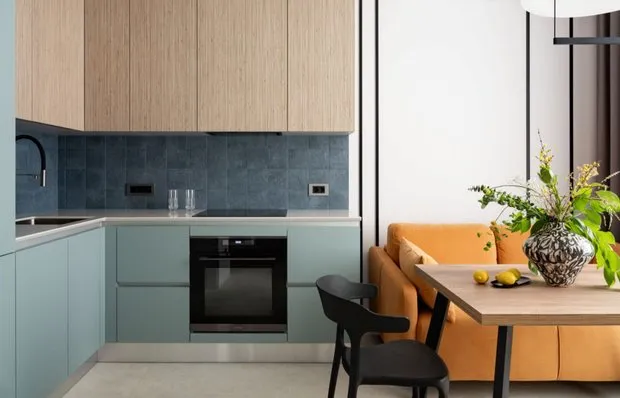 8 Cool Ideas for a Compact Apartment Inspired by a 35m² Studio
8 Cool Ideas for a Compact Apartment Inspired by a 35m² Studio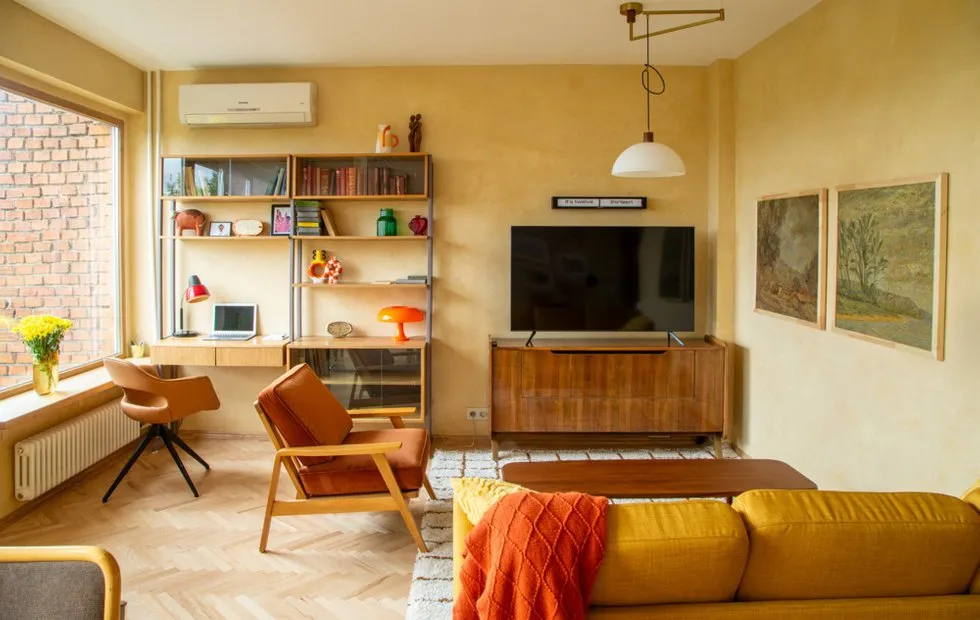 Why Soviet Homes Had Less Dust
Why Soviet Homes Had Less Dust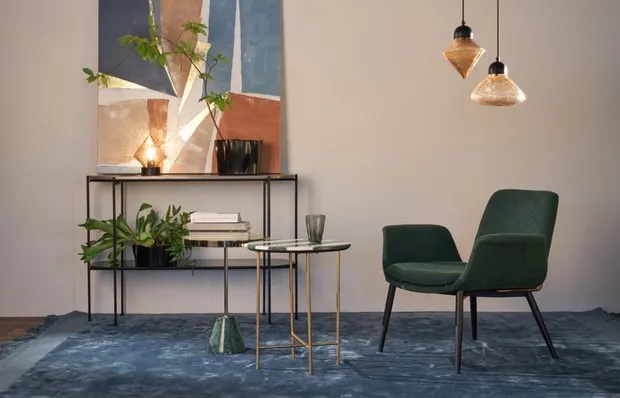 10 Trendy Finds to Refresh Your Interior
10 Trendy Finds to Refresh Your Interior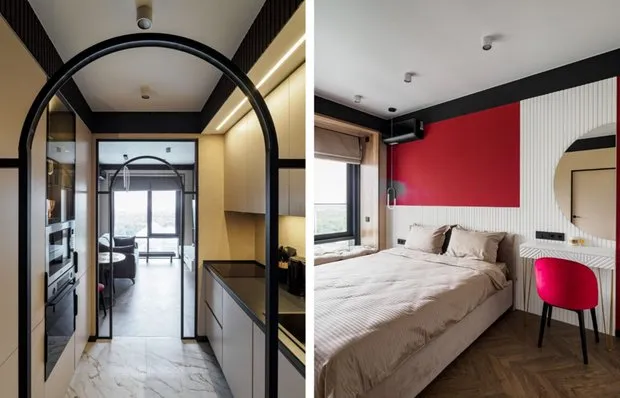 8 Successful Design Solutions We Borrowed from the Most Functional and Aesthetic Two-Room Apartment
8 Successful Design Solutions We Borrowed from the Most Functional and Aesthetic Two-Room Apartment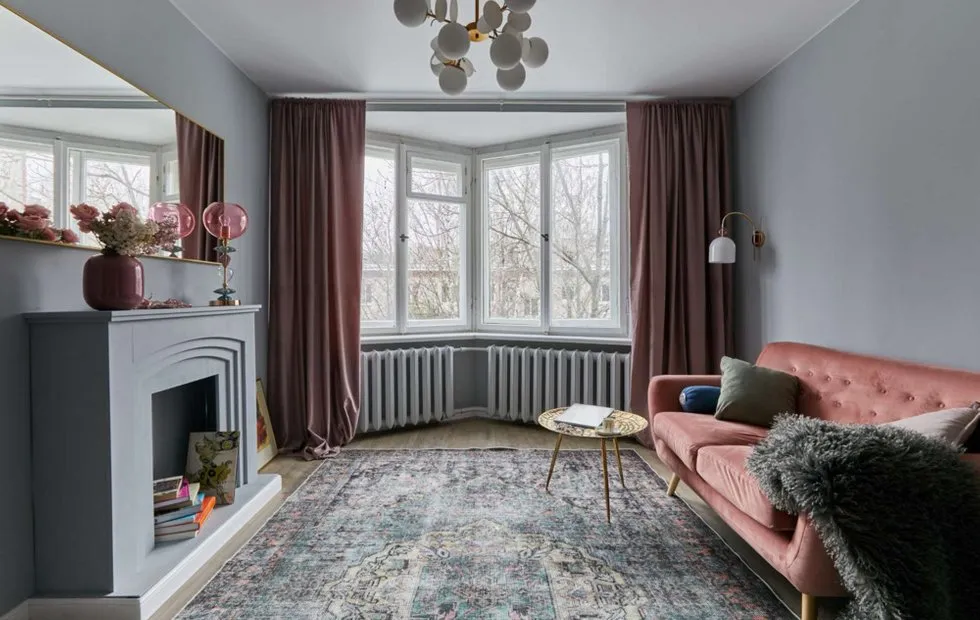 Do You Need to Wash Windows Before Winter or Can You Wait Until Spring
Do You Need to Wash Windows Before Winter or Can You Wait Until Spring